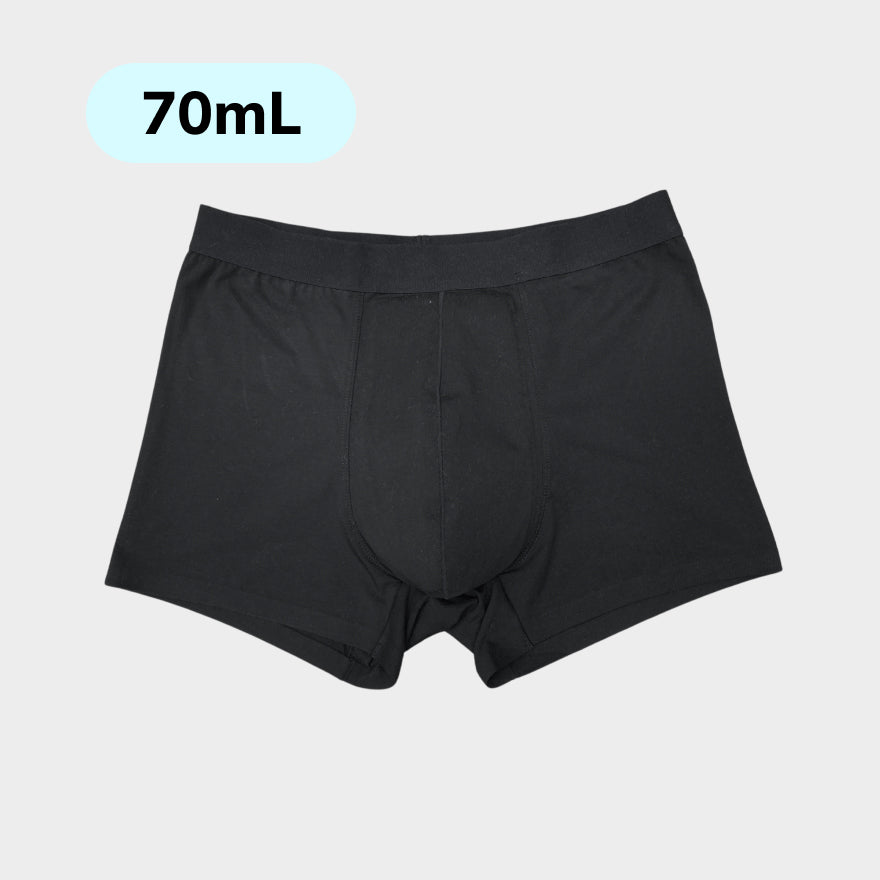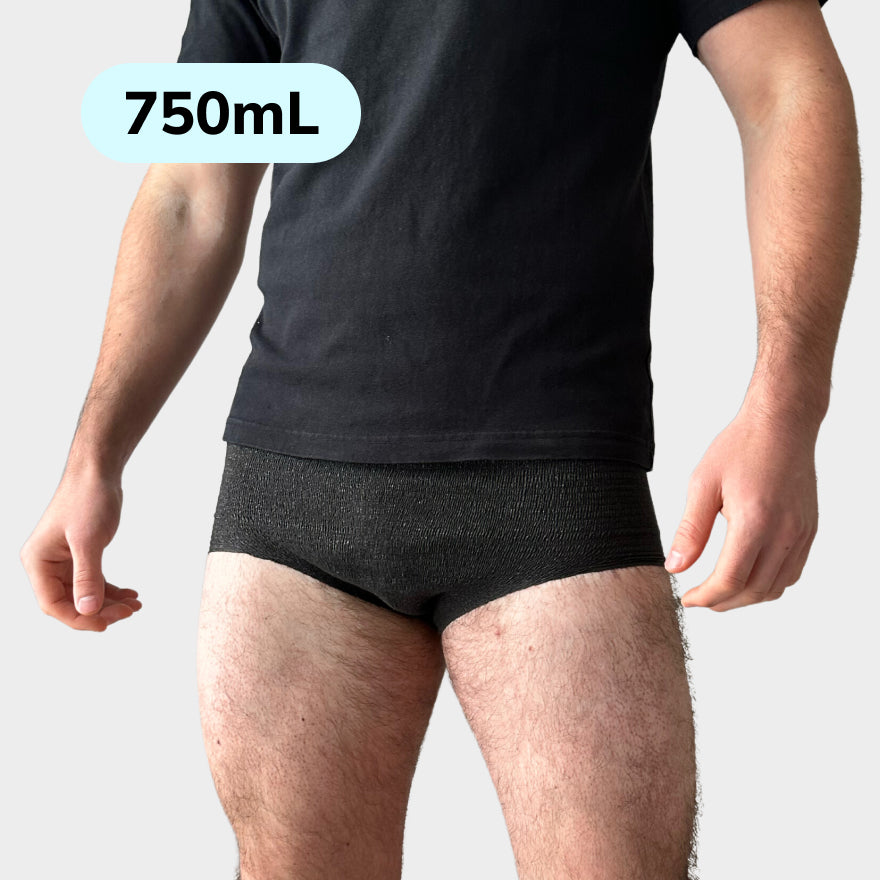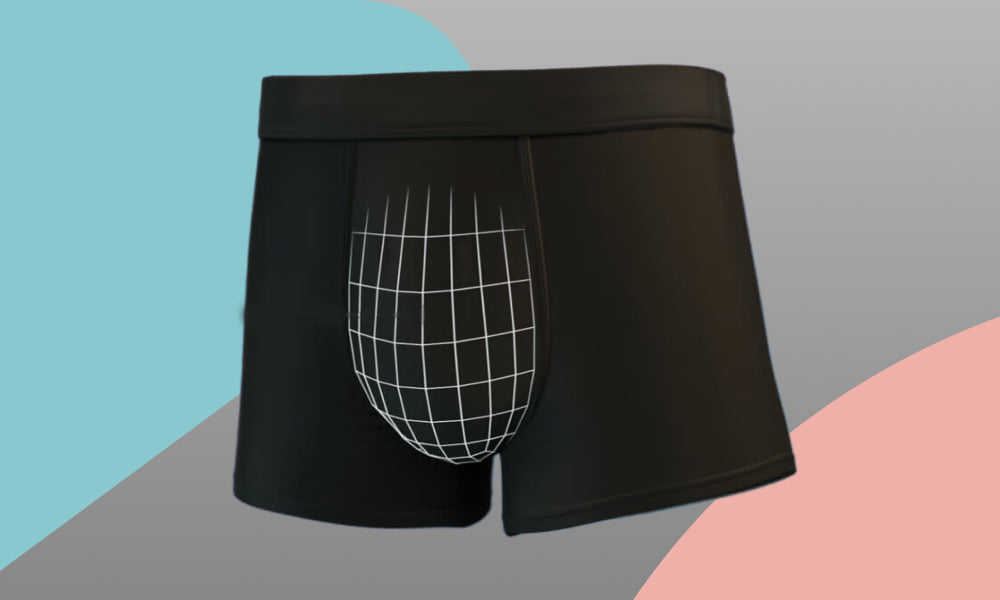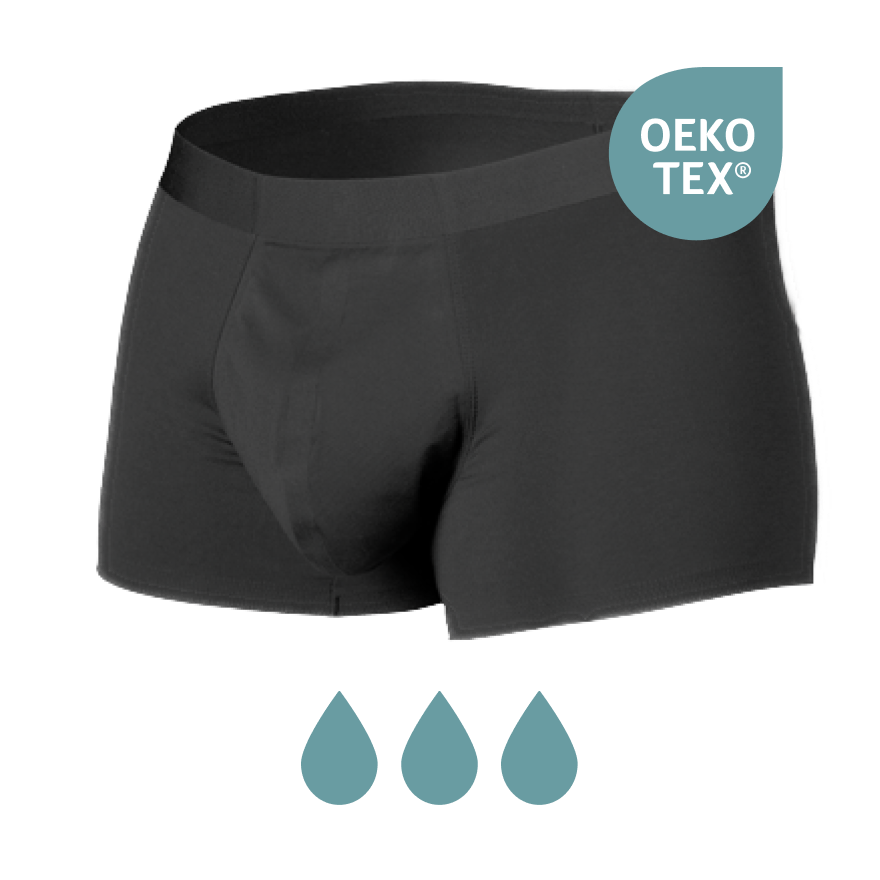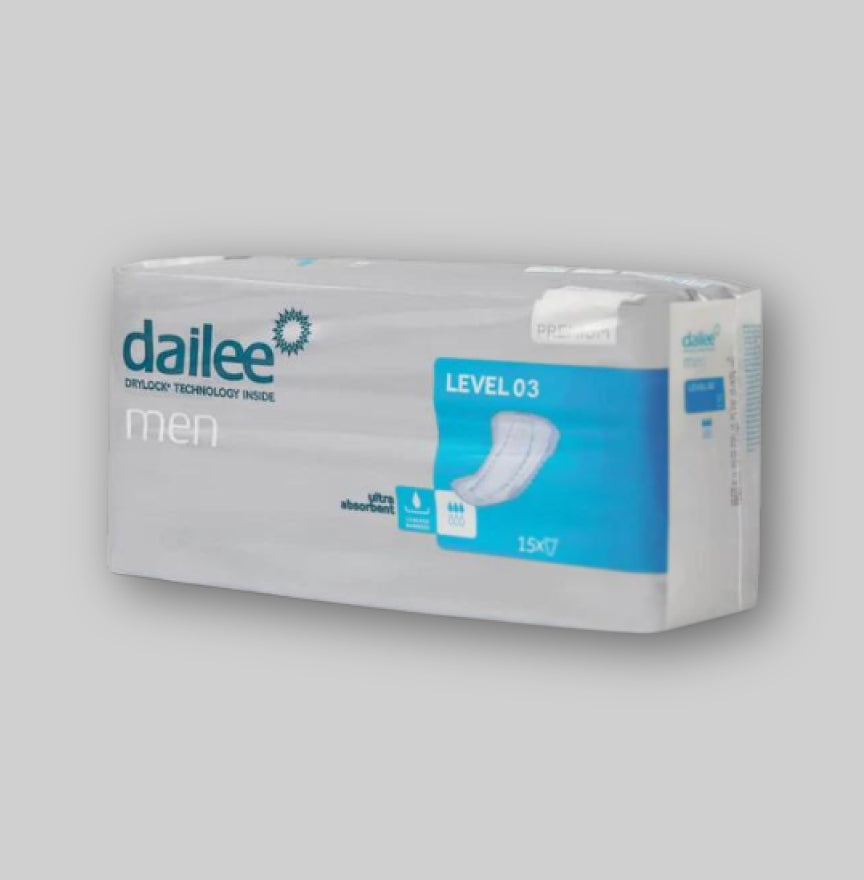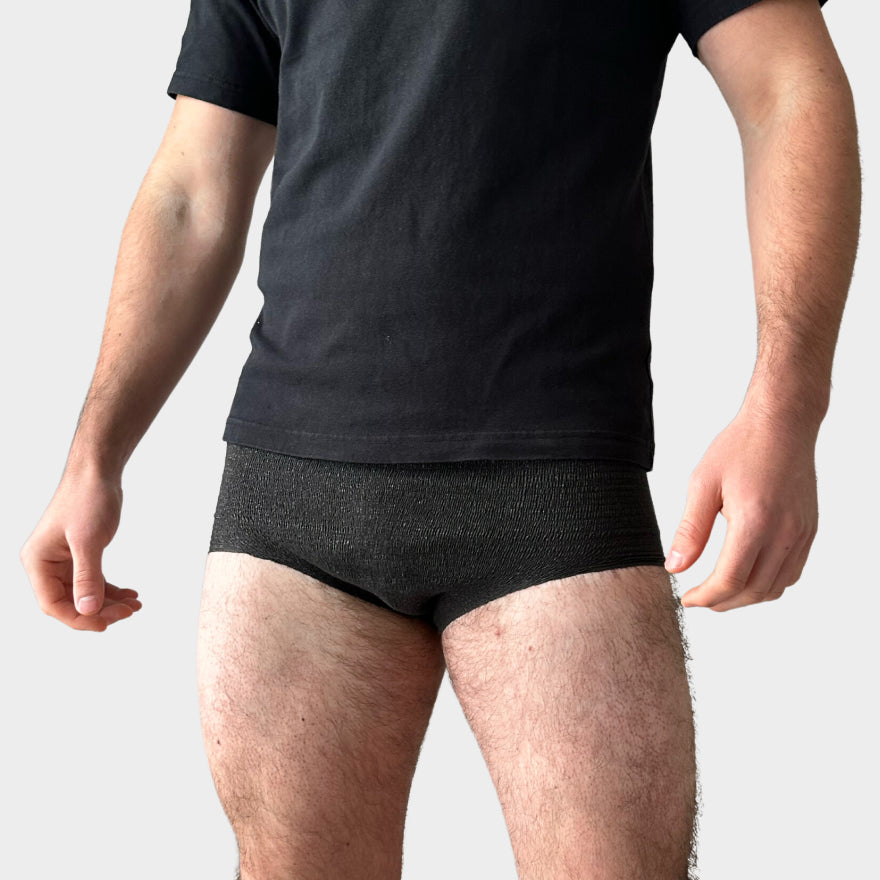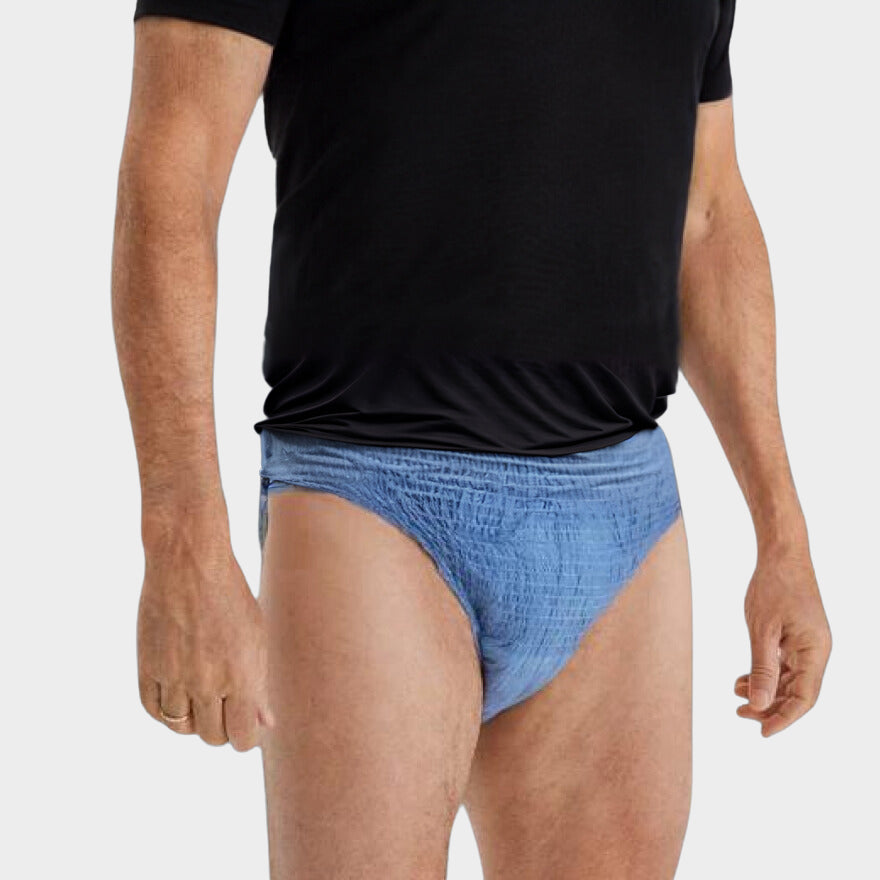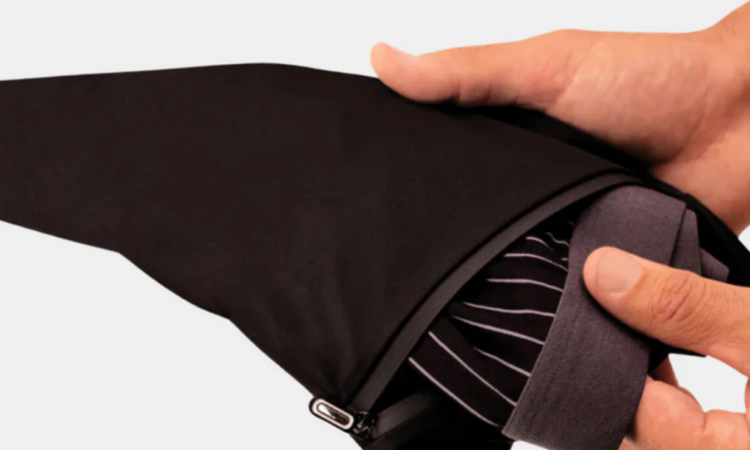The pessary is a commonly used medical solution for women suffering from urinary incontinence, a condition that can seriously influence their quality of life. In this article we will elaborate on what a pessary is, how it works, the benefits and possible side effects, as well as who could consider it as a treatment option.
What is a pessary for incontinence?
A pessary is a small, flexible device that is inserted into the vagina and designed to support the bladder and prevent unwanted urine loss. The pessary is usually made from medical silicone or rubber and is available in various shapes and sizes to match the anatomy of every woman.
How does a pessary work?
The pessary works by putting pressure on the urethra and supporting the bladder, making it more difficult for urine to escape unwanted. By keeping the pessary in place, the loss of urine can be effectively reduced during activities such as coughing, sneezing or sports.
Advantages of the pessary
-
Non-surgical option: The pessary is a non-surgical treatment option for urinary incontinence, which means that it is less invasive than some other procedures and can offer a faster recovery.
-
Reusability: A pessary can be used repeatedly and only requires periodic cleaning and maintenance for long -term use.
-
Adjustability: Because pessaria are available in various shapes and sizes, your caregiver can help you find the right pessary that fits your anatomy and needs.
Possible side effects of the pessary
Although the pessary is generally safe and effective, some women can experience side effects, including:
-
Vaginal irritation: Long -term wearing the pessary can lead to irritation or sensitivity of the vaginal tissue. Regular cleaning and following the instructions of your care provider can help prevent this.
-
Urinary problems: In rare cases, the pessary can cause pressure on the bladder and cause urinary problems, such as frequent urinary tract infections or problems with emptying the bladder.
-
Discomfort: Some women can experience discomfort when inserting or wearing the pessary, but this can often be relieved by adjustments to the fit or the use of lubricant.
Who should consider a pessary?
The pessary can be a suitable treatment option for women who suffer from mild to moderate urinary incontinence and who are looking for a non-surgical solution. It is important to talk to your healthcare provider about your symptoms and needs to determine whether the pessary is suitable for you.
Conclusion
The pessary is an effective and non-surgical treatment option for women with urinary incontinence, which can help reduce unwanted urine loss and improve the quality of life. By working together with your healthcare provider and following up suitable instructions and guidelines, you can maximize the benefits of the pessary and effectively manage your symptoms.
